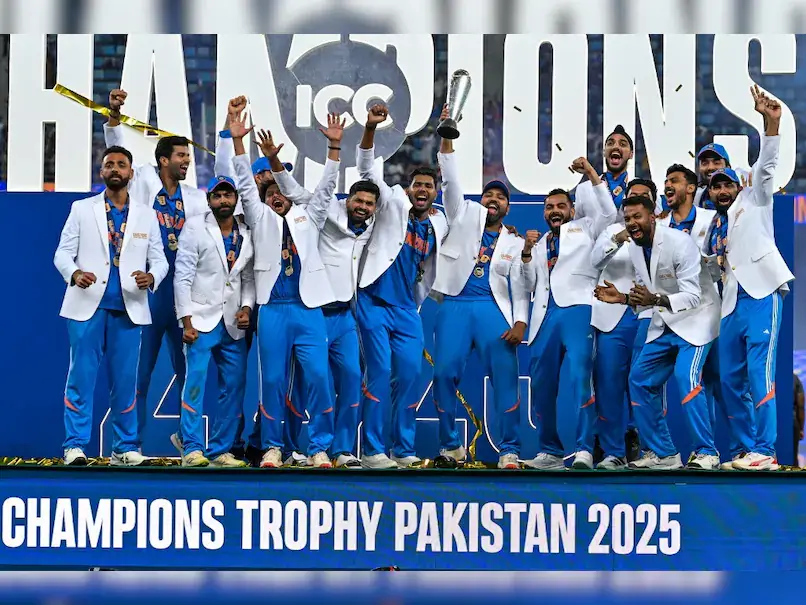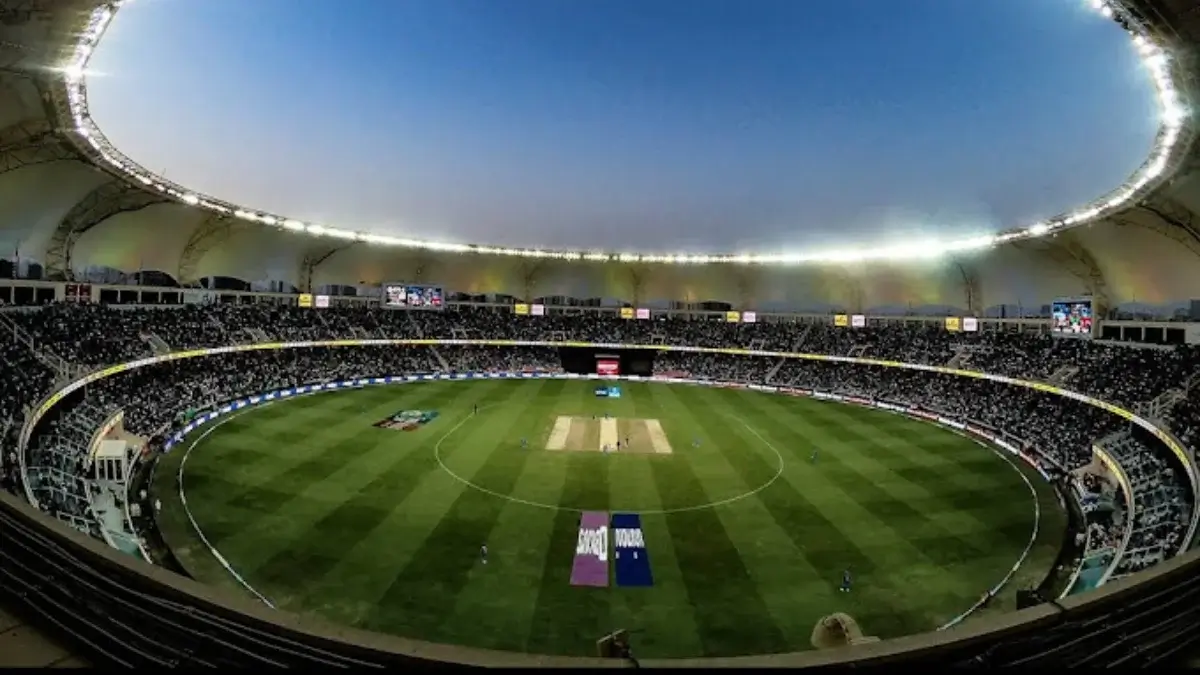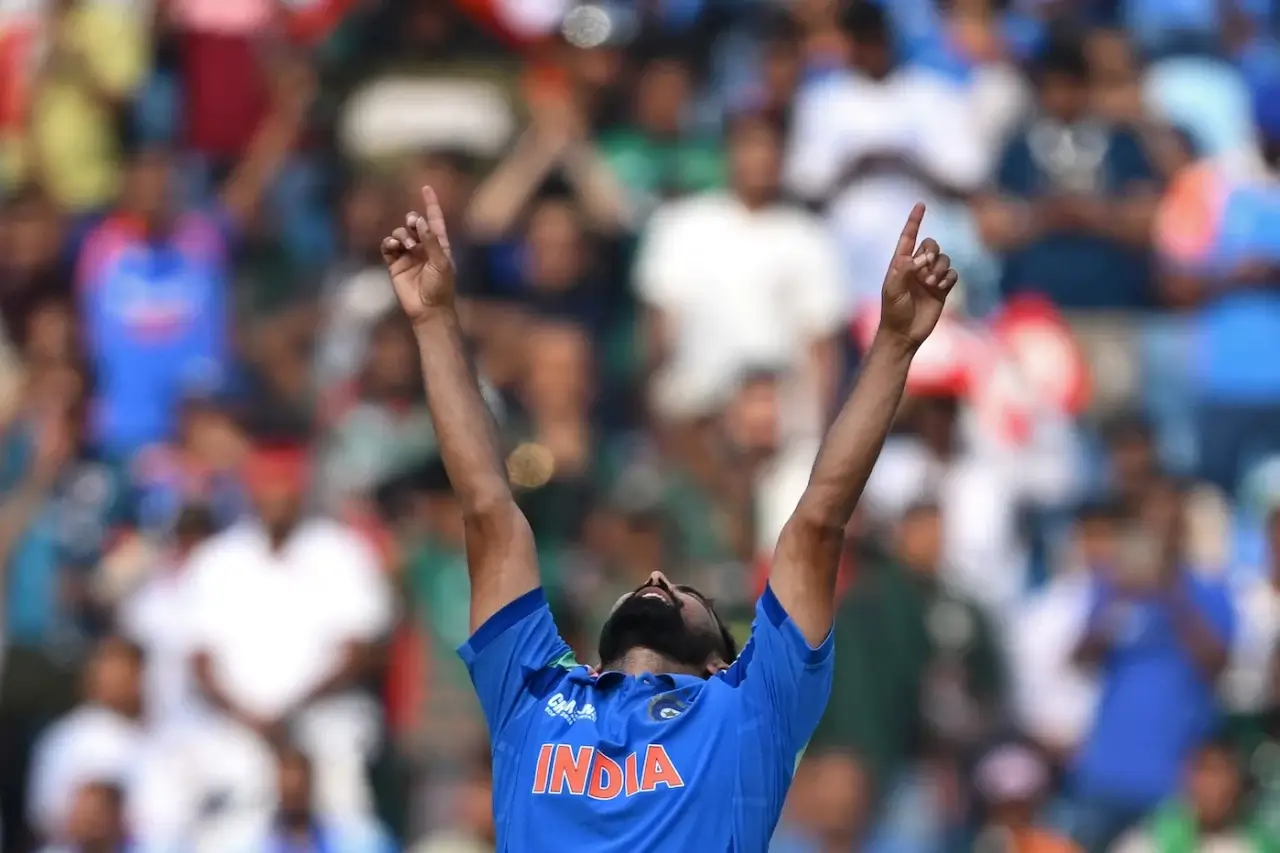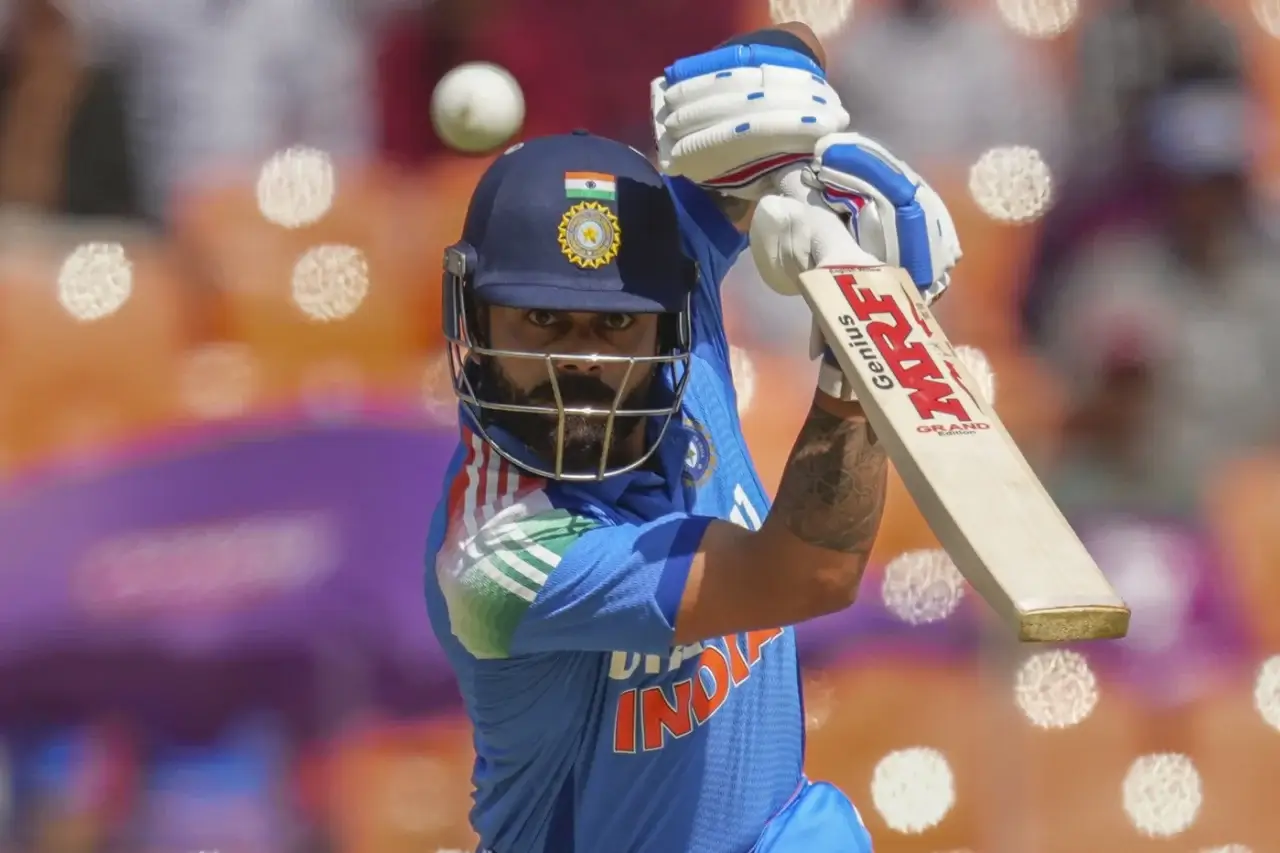India clinched the Champions Trophy 2025 title on March 9 in Dubai Stadium. Their victory over New Zealand in the final sparked widespread celebration. But it also reignited a fierce debate among fans and experts. Did playing all matches at Dubai Stadium give India an unfair edge?
The tournament’s hybrid model placed India exclusively in Dubai. Other teams shuttled between Pakistan and the UAE, facing varied conditions. Critics argue this familiarity handed India the trophy. Supporters say skill, not venue, drove their success.
We’ll analyze performances, pitch conditions, and expert opinions. Was Dubai the secret weapon, or just a backdrop?
The Controversy: Did Dubai Give India an Advantage?
 The Hybrid Model Explained
The Hybrid Model Explained
The Champions Trophy 2025 adopted a hybrid hosting model. Pakistan hosted most matches in Karachi, Lahore, and Rawalpindi. India, citing security concerns, played all games in Dubai. This decision, finalized in December 2024, stirred controversy.
India’s group stage, semifinal, and final stayed at one venue. Other teams traveled thousands of kilometers across borders. Critics like Pat Cummins called it a “huge advantage.” Did stability in Dubai tip the scales?
Arguments For an Advantage
Familiarity with Dubai’s slow, dry pitches was a key point. India played five matches there, adapting to its nuances. The dew factor often aided chasing teams at night. Logistical ease—no travel—kept India fresh and focused.
Experts like Michael Atherton noted the edge. “India don’t have to travel or adjust,” he said. Rassie van der Dussen agreed, citing consistent conditions. India’s historical success in Dubai bolstered this view.
Arguments Against an Advantage
Rohit Sharma dismissed the claims outright. “Dubai isn’t our home ground,” he argued. The team hadn’t played an ODI there since 2018. Coach Gautam Gambhir echoed this, emphasizing adaptability.
Pitch behavior varied across matches, challenging assumptions. India’s wins relied on standout performances, not venue mastery. Data from the 2023 World Cup shows travel didn’t always hinder success.
India’s Journey: Match-by-Match Analysis
Match 1: India vs. Bangladesh – A Strong Start
India kicked off their campaign on February 20 in Dubai. Bangladesh batted first, scoring 228 in 49.4 overs. Mohammed Shami’s 5/53 dismantled their lineup early. India chased it down, finishing at 229/4 in 47 overs.
Shubman Gill’s unbeaten 101 anchored the innings. The pitch offered early seam movement to pacers. Dew later eased batting, favoring India’s chase. Did prior knowledge of dew influence their toss strategy?
Match 2: India vs. Pakistan – Dominance in the Rivalry
The high-stakes clash came on February 23 in Dubai. Pakistan posted 241, with Kuldeep Yadav taking 3/40. India chased 242/4, led by Virat Kohli’s century. Their spinners thrived on a slow pitch.
Pakistan traveled from Karachi, arriving late the previous night. India settled in Dubai and looked sharper and rested. The pitch suited their spin-heavy attack. Was this venue advantage or tactical brilliance?
Match 3: India vs. New Zealand – Group Stage Match
On March 2, India faced New Zealand in Dubai. Batting first, India scored 288, with Kohli shining again. New Zealand fell short at 244, losing by 44 runs. An unexpected swing troubled the Kiwis early.
Varun Chakaravarthy’s 5/42 sealed the game for India. The pitch’s variability tested both teams equally. India’s batting depth stood out under pressure. Did experience in Dubai give them an edge?
Semifinal: India vs. Australia – Knockout Pressure
The semifinal on March 4 pitted India against Australia. Australia scored 264, with Steve Smith making 73. India chased 265/6, thanks to Kohli’s 84. Shami’s 3/48 kept Australia in check.
Dew again favored the chasing side at night. Australia, new to Dubai, had just two practice sessions. India’s composure in the chase was evident. Was this familiarity or clutch performance?
Final: India vs. New Zealand – The Title Clash
The final on March 9 saw New Zealand bat first. They managed 251, with Daryl Mitchell scoring 63. India chased 252/6, finishing with six balls left. Rohit Sharma’s 76 led the charge.
Spinners Kuldeep and Chakaravarthy took two wickets each. The pitch, semi-fresh from earlier games, slowed down. India’s adaptability shone through in the chase, and they won the CT 2025 final. Did two weeks in Dubai seal their victory?
[Suggested Image: Rohit Sharma lifting the Champions Trophy 2025]
Breaking Down Dubai’s Role
Dubai International Stadium’s pitch has a reputation for balance. In 59 ODIs, pacers took 473 wickets at an average of 28. Spinners claimed 325 wickets, averaging 30. The 2025 tournament saw similar trends.
Early matches offered seam movement; later ones favored spin. Dew often made chasing easier under lights. India won the toss in three of five games, opting to chase twice. Did they exploit these conditions better?
India’s Historical Record in Dubai
Before 2025, India played six ODIs in Dubai. They won five, with one tie against Afghanistan in 2018. Rohit Sharma led them to the Asia Cup title there. This track record fueled advantage claims.
Yet, a six-year gap since their last ODI raised doubts. The pitch evolved, offering surprises like swing. India’s success hinged on current form, not just history. Was familiarity overstated?
Travel and Logistics Impact
Other teams traveled extensively—Pakistan covered over 2,000 km. New Zealand and Australia flew in for knockouts, facing jet lag. India stayed put, training consistently at the ICC Academy. Did this rest boost their performance?
The 2023 World Cup counters this narrative. India traveled 14,000 km yet reached the final. Pakistan, with less travel, exited early. Skill often trumps logistics in cricket.
Expert Opinions and Player Reactions
Pat Cummins, sidelined by injury, was vocal. “India has a huge advantage in Dubai,” he said. Michael Atherton agreed, citing no travel hassles. Rassie van der Dussen called it “definite.”
Nasser Hussain praised India’s settled routine. “They know the stadium inside out,” he noted. Critics argued other teams faced unfair disruption. Did this sway the tournament?
India’s Camp Pushes Back
Rohit Sharma rejected the narrative firmly. “We adapted to conditions, that’s it,” he said. Gautam Gambhir stressed execution over the venue. “Dubai didn’t win us games,” he added.
Sunil Gavaskar pointed to the 2023 World Cup. “India traveled everywhere and dominated,” he argued. Players focused on skill, not advantage. Was this humility or truth?
Statistical Insights: Did Numbers Favor India?
India won all five matches in Dubai. They chased successfully in four, batting first once. Shami took 14 wickets, and Kohli scored two centuries. Spinners averaged 25.6, pacers 28.1.
Other teams struggled in Dubai, and Pakistan and Bangladesh lost heavily. New Zealand won elsewhere but faltered twice there. Did India’s stats reflect venue mastery?
Comparison with Other Venues
In Pakistan, pitches were flatter and higher-scoring. Lahore saw New Zealand post 362 in the semifinal. Dubai’s average first-innings score was 245 in 2025. India thrived on slower tracks.
Teams adopting from Pakistan to Dubai faced challenges. Australia’s batsmen misjudged the pace in the semifinal. Was this India’s edge or their versatility?
Conclusion: Skill or Stadium?
India’s Champions Trophy 2025 triumph was undeniable. They outplayed Bangladesh, Pakistan, New Zealand, and Australia. Dubai Stadium hosted their flawless run. But was it the deciding factor?
The pitch offered opportunities—seam, spin, dew. India exploited them with precision and depth. Travel-weary opponents struggled to adjust. Yet, India’s adaptability shone in varied conditions historically.
Familiarity helped, no doubt. Staying in Dubai gave them stability and practice. Critics like Cummins and Atherton have a point. Logistical ease mattered in a tight tournament.
Still, skill was the backbone of India’s success. Kohli’s centuries, Shami’s hauls, and spin dominance won games. Dubai wasn’t a silver platter—it was a stage. India performed, others didn’t.
So, did Dubai Stadium fuel their triumph? Partly, yes—conditions aligned with their strengths. But the real fuel was India’s execution under pressure. What do you think—venue or virtuosity?
Check our Champions Trophy Final Match Scorecard coverage for more information on the tournament.









